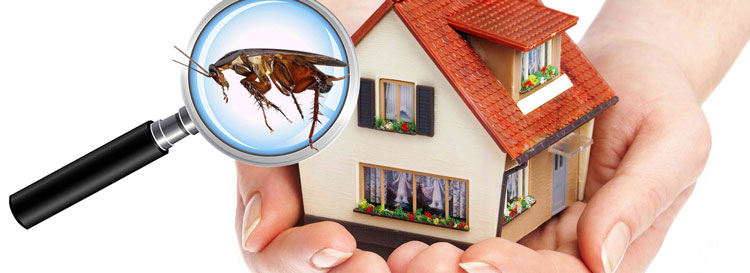Pest Prevention
A well-maintained building can help safeguard against pest problems, which is why managers should proactively search for and repair any vulnerabilities in the facility. As part of this, it is often helpful to partner with a pest management professional to develop an Integrated Pest Control program that focuses on identifying and eliminating the conditions that favor pest populations — conditions that provide ample sources of food, water and shelter.
Facility cleaning teams play an important role in maintaining effective Integrated Pest Control programs. The success of strategies such as structural repairs, ongoing sanitation and the education of  staff on site, depend on the facility’s cooperation.
When working to build an Integrated Pest Control program, all aspects of the facility are called into question. Pest control professionals, in conjunction with facility cleaning managers, should take note of a variety of exterior and interior concerns.
On the exterior, managers want to take a close look at roofs. Roofs provide roosting and nesting sites for a variety of birds, as well as entry for rodents via access points, such as vents. Roofs should be inspected regularly to determine what could be done to modify ledges and seal any entry points.
If the facility has outside storage, make sure all objects are up off the ground and stored above pavement or asphalt. This will limit the potential of pests finding their way into the stored items before they are brought indoors.
Landscaping should also be maintained, preventing areas for pests to hide and flourish. Plant life should be 18 inches away from the foundation perimeter, branches and bushes should not contact the building, and grass should be cut low.
Managers are advised to pay particular attention to trash and dumpster areas, as these provide both shelter and food to pests. Sanitation conditions in these areas are critically important. Dumpsters should be equipped with a lid that shuts properly and trash areas should be regularly inspected and cleaned.
Finally, facility cleaning managers should closely examine entryways. It is essential that all exterior openings, such as doors and windows seal completely. The installation of door sweeps can help seal the gap between the floor and the door, and screens should be installed in all windows. Additionally, any gaps or spaces along the exterior frame of windows, or within the walls, should be sealed.
Moving indoors, there are a handful of areas to watch for. For example, be critical of any incoming shipments. Facilities that receive shipments of product should inspect all packages for signs of pests. Depending on the materials used for packaging, shipments could be home to pests such as cockroaches and rodents.
These pests, in addition to flies, are also drawn to moisture. For that reason, sewers, drains and grease traps should be properly maintained, cleaned and sanitized to ensure moisture and food items are not present.
Facilities should ensure items stored inside, such as food and office supplies, are organized and that food items are arrangned from older to newer items. Additionally, if food is being prepared, managers should understand the drainage pattern of the room to ensure water and organic debris is cleaned and sanitized.
In addition to the above, internal and external inspections should be performed regularly. These inspections will identify pest entry points such as cracks and gaps around pipes or vents that should be sealed to prevent easy access into the building.

